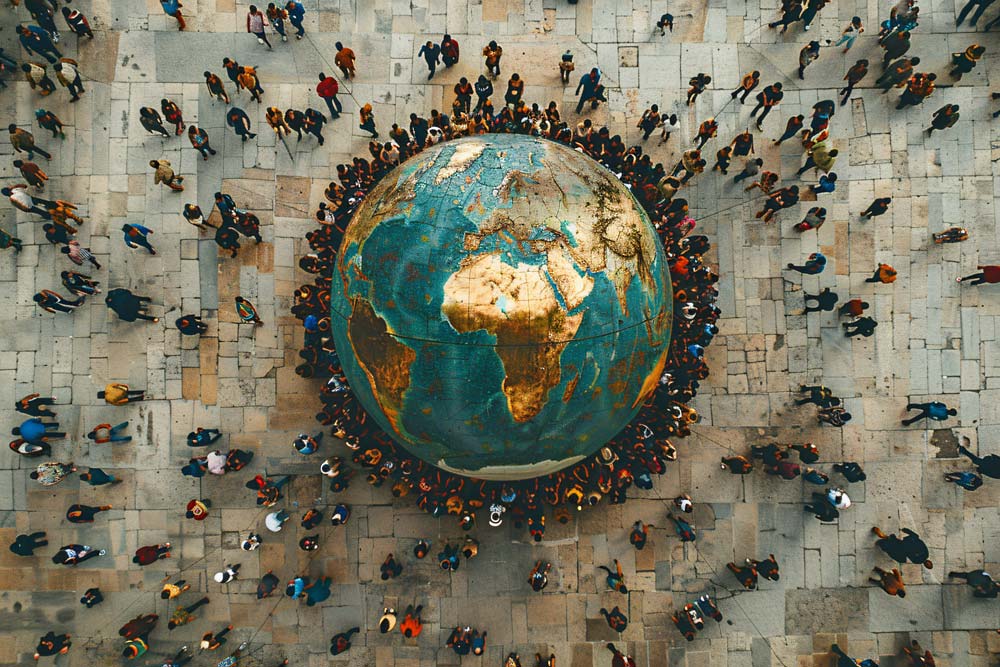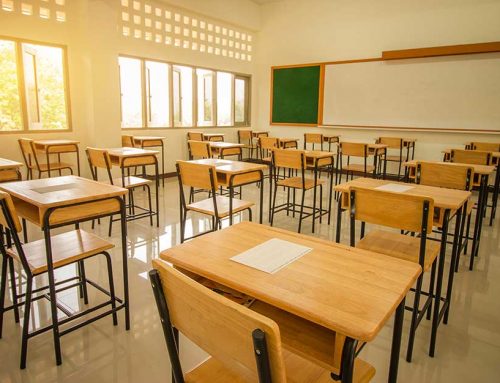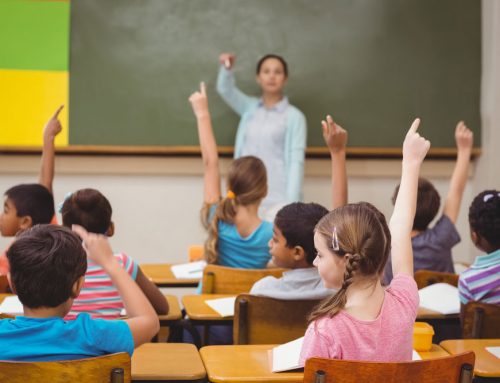I am now inclined to substitute the term intercultural understanding for international understanding. This allows for the possibility of celebrating and learning from difference across groups that might not be only national. After all, age and gender groupings have distinct cultures, and this can be obvious, and obviously utilized, within schools. It is hugely significant to realize, taking to heart the IB mission statement, that others with their differences can also be right. It can be even more startling to learn that we, with our apparent similarities, can ourselves be different – in other words that there are heterogeneities close to home that we sometimes do not see. Intercultural journeying, distant and local, produces such revelations. We must remember that to change the world, in ways small and big, we have to start doing new things but also stop doing some things that are habitual. One of those to stop is the complacency of resting within our own cultures, and of seeing these as seamless. World schools should insist on this. (McKenzie 2012, p. 223)
India is a land of great diversity in every form. Hailing from different genetic communities historically, there are differences not only in appearances, but North Indian languages are very distinct from South Indian languages. The country’s customs, traditions, practices, food, clothing and cultural attitudes vary across the east, west, north and south.
There are also great divides in economic status, with islands of incredible wealth downsided by vast populations still living in economic duress.
In the above context, we raise our students, at The Gaudium, a school in southern India, in the cosmopolitan city of Hyderabad, where there are people from all parts of India and the world, and technology has been the single denominator getting lifestyles, choices, market forces and politics in heterogeneity.
Global Leadership, one of the pillars of the Gaudium philosophy, is sought through excellence in learning, teaching and leading. We are signatories of the Global Schools Programme of UNESCO (UNSDSN https://www.globalschoolsprogram.org/). Awareness and studies of the SDGs are threaded into our curriculum across all segments and curricula.
An annual event in which we take moral stewardship is the TGSMUN (The Gaudium School Model United Nations). It is usually held in Aug-September each year. It draws close to 500 youth from across India (especially Hyderabad) in a two-day tight-knit debate on world issues, simulating the politics and power-play of the representative countries, big and powerful, small and vulnerable, politically turbulent and islands of sustainability, each aspiring to bring on the agenda, ‘the creation of a better and more peaceful world’. The students represent different committees such as WTO, UNHRC, UNEA, UNDP and the Lok Sabha, amongst others. The idea is to hear all voices, opinions, and arguments and arrive at negotiated resolutions. This skill of negotiation will hopefully prepare our young leaders for future conflict resolution, no matter the scenario.
It is a matter of great concern that we are raising a generation of youth when the world in places is still at war, and the future is unpredictable. We don’t know where cutting-edge technology and its invasiveness will lead human lives. In all the VUCA possibilities of the future, as parents, educationists and schools, we must hold our world together with intercultural respect and understanding. Education begins at home, and we seek the ongoing support of our parents, and local and the global community in partnering with us in raising the citizens of tomorrow.






Leave A Comment